According to Diabetes UK, an estimated 276,000 people in Scotland have diabetes – 5.2% of the population.
A further 45,500 people are estimated to have type 2 diabetes and not know it.
But what are the different types of diabetes? What are the main signs and symptoms?
And is diabetes a life-long condition, or is it curable?
We’re answering all your questions.
What are the different types of diabetes?
People can be diagnosed with type 1 or type 2 diabetes.
Type 1 diabetes is a genetic condition often diagnosed early in life. It causes the immune system to attack and destroy the insulin-producing cells in the pancreas.
It is managed by taking insulin to control your blood sugar.
Type 2 diabetes is acquired later in life and is mainly lifestyle-related, but you can also be higher risk if you have a family history of it.
It occurs when the body is unable to make enough insulin, or the insulin you do make doesn’t work properly.
This causes your blood sugar levels to keep rising.
Type 2 diabetes can be managed in more ways than type 1. Medication, exercise and diet can all help control it. However, people with type 2 can also be prescribed insulin.
Type 1 affects around 8% of everyone with diabetes. Type 2 is thought to affect about 90%.
What are the signs and symptoms?
The symptoms of type 1 and type 2 diabetes are similar. They include:
- Going to the toilet more often, especially at night
- Feeling more tired
- Losing weight without trying
- Feeling extremely thirsty
Type 2 diabetes develops more slowly than type 1. Many people don’t get any symptoms, or don’t notice them.
If type 1 diabetes is left undiagnosed, you can fall ill very quickly. It can lead to a condition called diabetic ketoacidosis – which can be fatal.
It occurs when the body severely lacks insulin. This means the body can’t use sugar for energy so starts using fat instead.
How is diabetes treated?
Type 1 diabetes is treated by taking insulin – either via injection or using a pump. This helps manage blood sugar levels.
Treatments for type 2 help manage blood sugar levels and also reduce your risk of diabetes complications. They include:
- Eating healthy food
- Being as active as you can and keeping to a healthy weight
- Medications such as tablets and injections, that may include insulin
- Weight loss surgery
Many people with type 2 diabetes will need to be on a combination of treatments. It can take time to figure out what works best for you.
Is diabetes curable?
There is currently no known cure for type 1 diabetes.
However, Diabetes UK scientists are looking at new treatments called immunotherapies, which could help to prevent, stop and cure the condition.
Type 2 diabetes also cannot be cured. However, evidence shows some people can put their type 2 diabetes into remission by losing weight.
Remission means your blood sugar levels are below the diabetes range, and you no longer need to take medication.
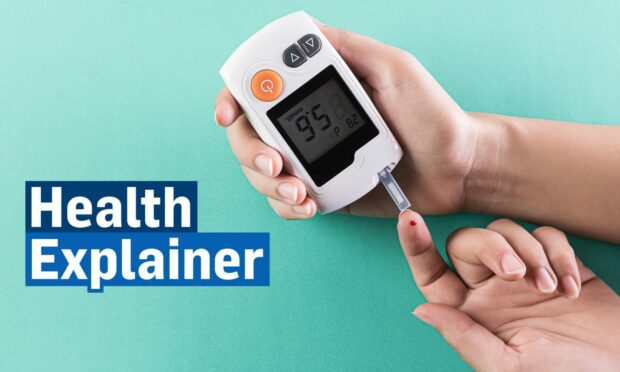
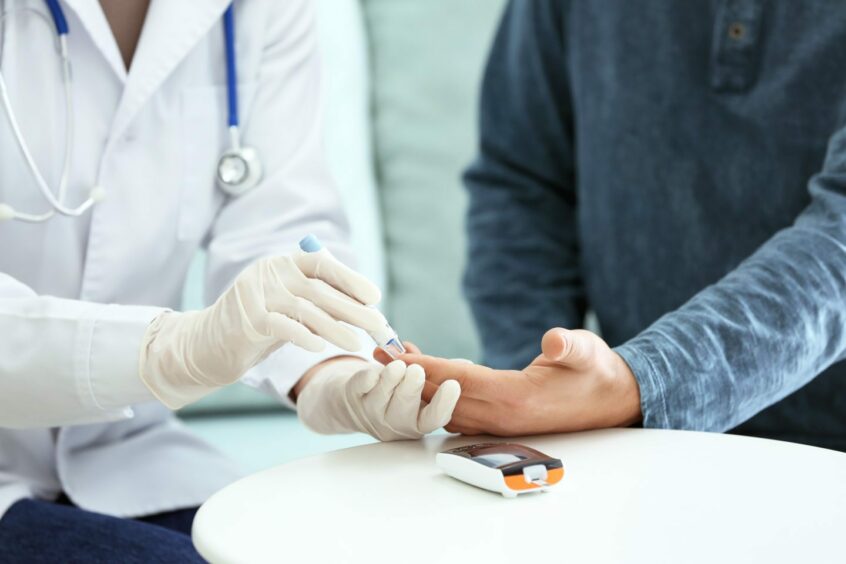
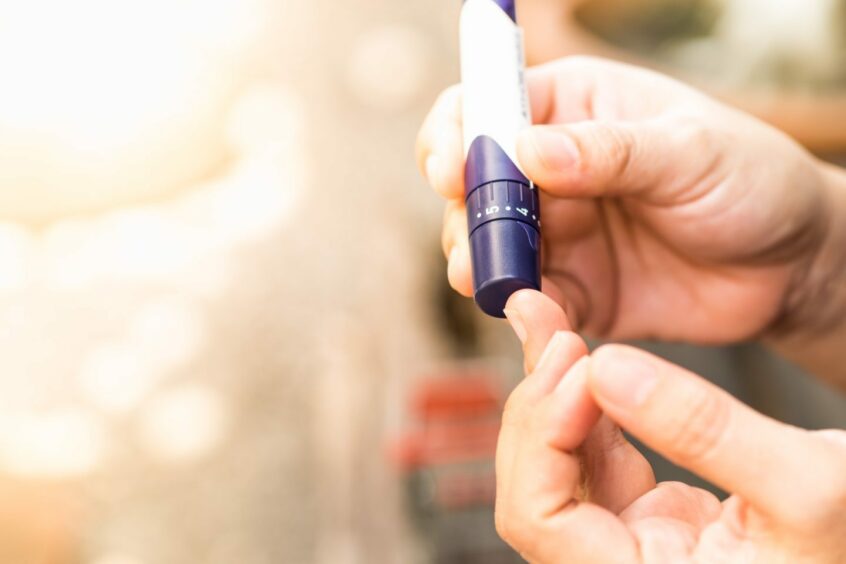


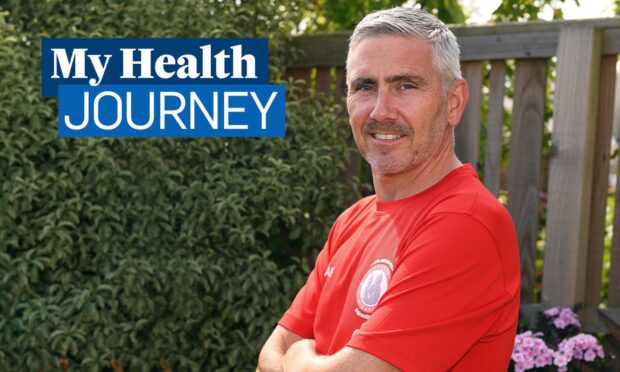
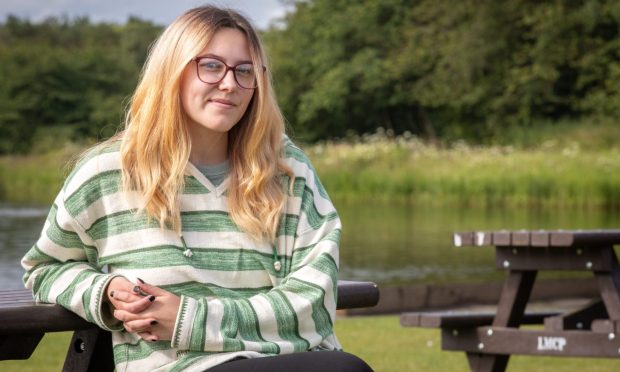
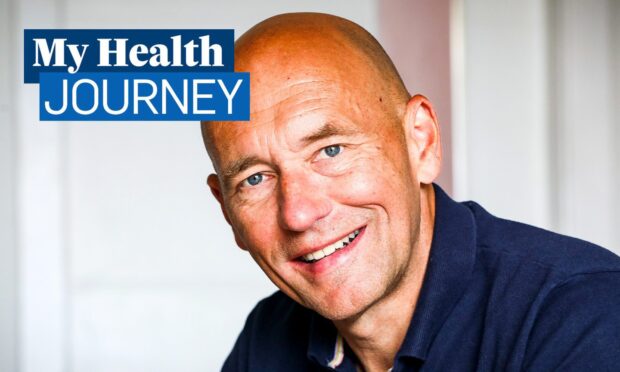
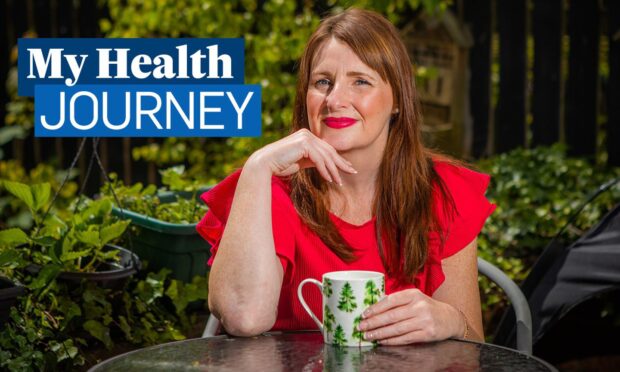
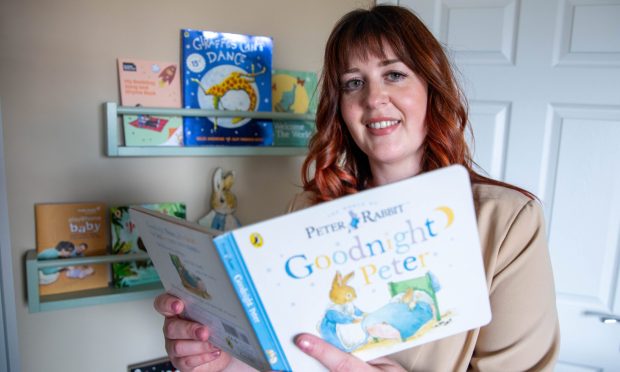

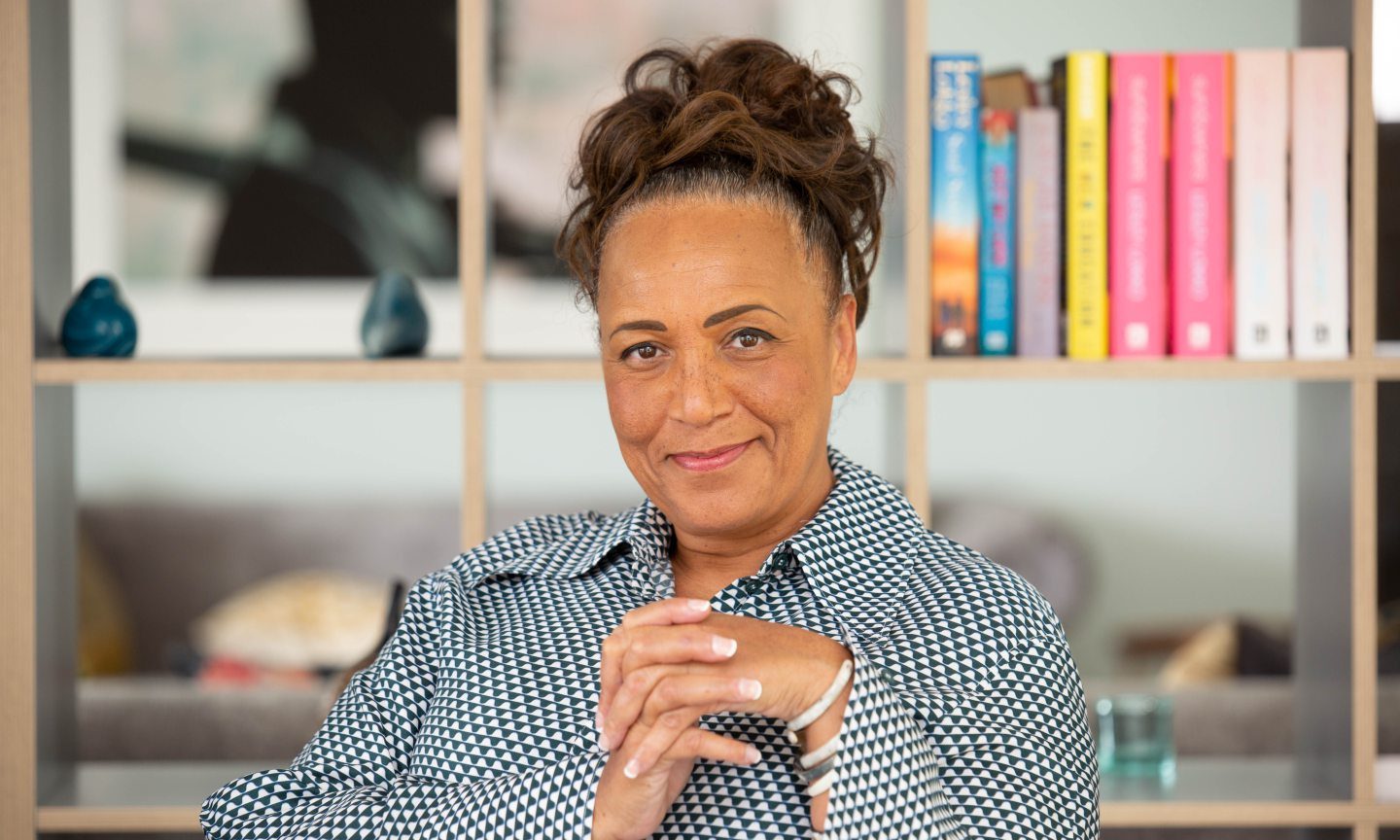
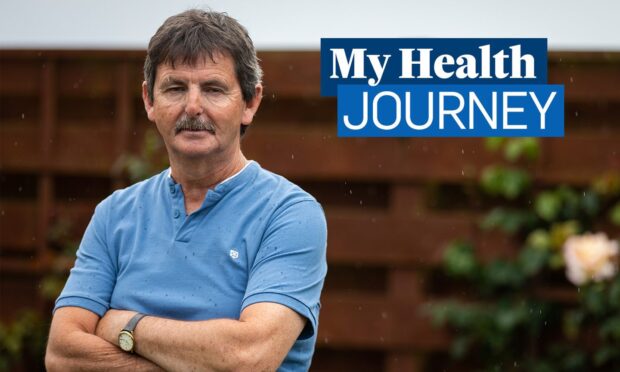
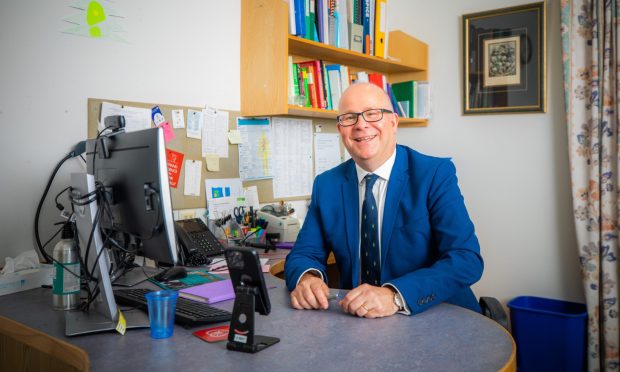
Conversation